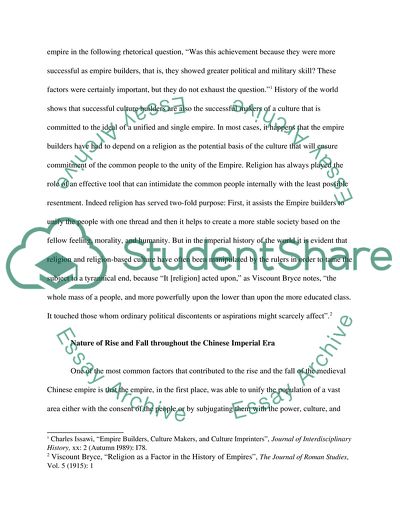Cite this document
(“Medieval chinese empire rise and fall Essay Example | Topics and Well Written Essays - 2500 words”, n.d.)
Retrieved from https://studentshare.org/miscellaneous/1555108-medieval-chinese-empire-rise-and-fall
Retrieved from https://studentshare.org/miscellaneous/1555108-medieval-chinese-empire-rise-and-fall
(Medieval Chinese Empire Rise and Fall Essay Example | Topics and Well Written Essays - 2500 Words)
https://studentshare.org/miscellaneous/1555108-medieval-chinese-empire-rise-and-fall.
https://studentshare.org/miscellaneous/1555108-medieval-chinese-empire-rise-and-fall.
“Medieval Chinese Empire Rise and Fall Essay Example | Topics and Well Written Essays - 2500 Words”, n.d. https://studentshare.org/miscellaneous/1555108-medieval-chinese-empire-rise-and-fall.


